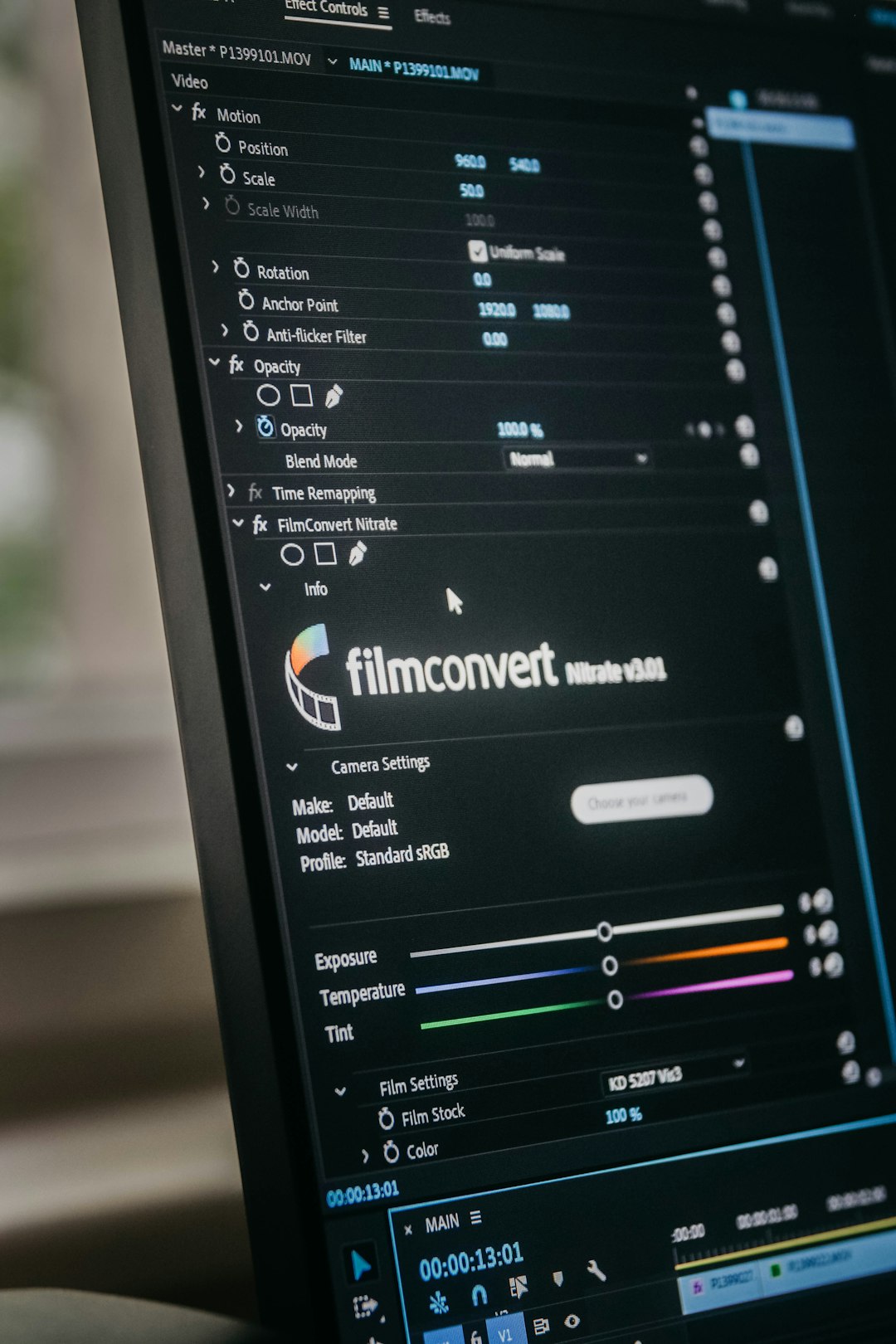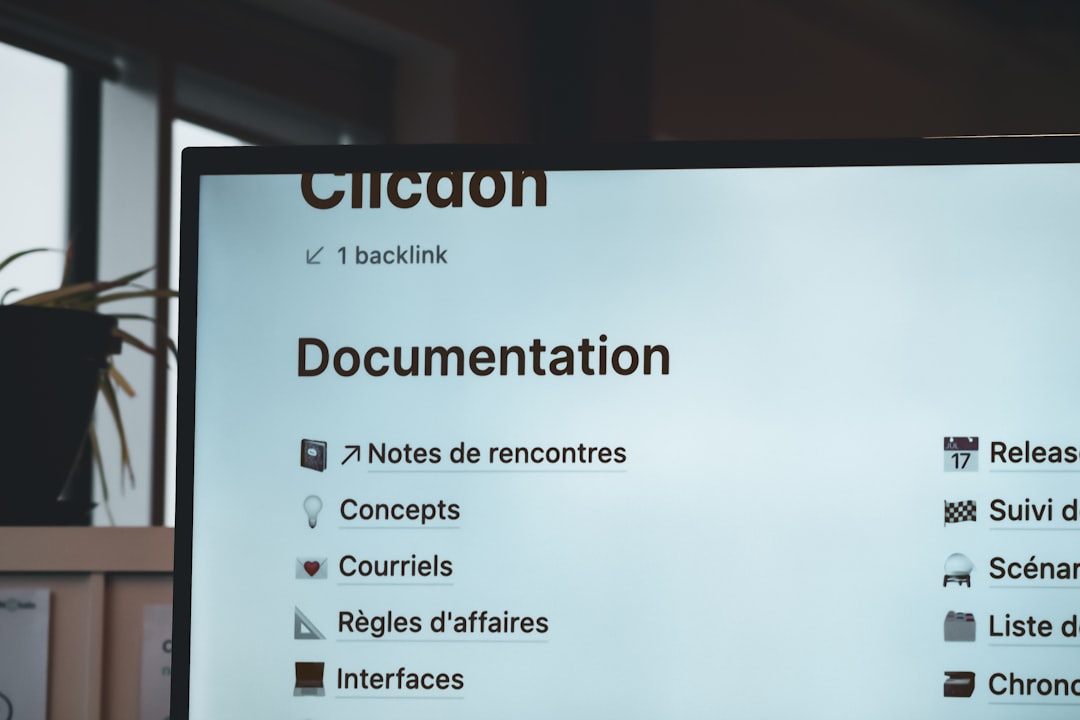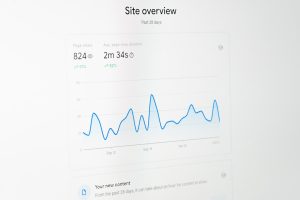
Choosing the right Content Management System (CMS) is no longer a simple task. With business models converging across digital, marketing, and IT, organizations require agile, scalable, and customizable CMS solutions that don’t just manage content—they transform operations. However, the traditional Request for Proposal (RFP) process often fails to uncover critical realities behind a vendor’s capabilities. Instead of focusing solely on surface-level features, a new CMS RFP approach should probe deeper to reveal what truly matters for your teams, workflows, and long-term digital strategy.
Why Traditional CMS RFPs Fall Short
Conventional CMS RFPs typically list hundreds of technical requirements in tabular formats, assuming that checking off features equates to success. While thoroughness matters, the real challenge is discerning how those features are implemented, supported, and adapted to real-world business contexts.
The result? Organizations select CMS platforms based on theoretical capabilities rather than practical realities. A system may check all the boxes but still underdeliver due to poor usability, inflexible integrations, or a steep learning curve for content teams.
Elevating Your CMS Vendor Evaluation: Revealing Questions
A more insightful RFP process focuses not only on “what” features a system offers but also on “how” those features are delivered and experienced. Below are key categories where well-formulated questions can reveal how a CMS aligns with your operational needs:
1. Content Modeling & Flexibility
Instead of asking, “Does the CMS support custom content types?” consider diving deeper with questions like:
- How does the CMS allow non-technical users to modify or create new content models?
- Can different departments define their own content structures while maintaining centralized governance?
- What is your approach to schema versioning and backward compatibility?
These questions expose the platform’s ability to evolve with your organization’s growing needs without relying excessively on IT resources.
2. Editorial Experience
Content creators spend the most time within the CMS. Evaluating the editorial experience is crucial, yet it’s often underrepresented in RFPs. Ask:
- What tools are available for in-context or inline editing?
- How do you support content preview across different devices and channels?
- Describe the workflow for publishing multilingual or region-specific content.
The quality of the editorial experience affects not only productivity, but also content quality and agility across your ecosystem.

3. Governance and Workflow
Richer governance doesn’t mean more complexity—it means your CMS should support policies and workflows that scale. Good questions include:
- Can we define custom workflow stages and assign roles with specific permissions?
- How does your auditing system track changes, approvals, and user actions?
- Is it possible to segment content editing by department, brand, or geography?
This reveals how well the CMS supports compliance, accountability, and efficiency—especially in regulated industries.
4. Integration and Extensibility
Today’s CMS is part of a larger ecosystem that includes CRMs, ecommerce platforms, analytics tools, and more. To uncover integration realities, ask:
- What pre-built connectors or APIs do you offer for enterprise software?
- Can business users trigger external events (e.g., CRM updates) from within the CMS interface?
- How do you support headless CMS functionality or decoupled architectures?
These questions examine how the CMS works with your existing stack and whether it enables new experiences—not just content publishing.
5. Scalability and Performance
Cloud-native architectures, CDNs, and microservices have redefined what scalability means in the CMS context. Instead of generic inquiries about uptime, consider:
- Describe your approach to high availability and geographic distribution of content delivery.
- How do you scale to support seasonal traffic increases or sudden content surges?
- What caching strategies are employed at various layers of the platform?
Understanding this clarifies whether the vendor is prepared to support constantly evolving digital demands.
6. Security and Compliance
Security is more than just SSL and user permissions. It’s about process, posture, and proactive capabilities. Ask:
- Which compliance standards (e.g., GDPR, HIPAA, SOC 2) does your CMS support?
- How is sensitive data encrypted at rest and in transit?
- Do you offer automated tools for access control review and reporting?
Security often becomes urgent too late. These questions uncover how serious vendors are about protecting your digital assets during all lifecycle stages.

Going Beyond the Questionnaire: Real-World Evidence
Even the best RFP responses are ultimately self-reported. To validate them, consider incorporating the following into your evaluation process:
- Proof-of-Concept (PoC): Ask finalists to demonstrate a working implementation tailored around a real scenario your business faces.
- Reference Interviews: Speak with current clients in similar industries to hear unfiltered insights into the vendor’s delivery, support, and long-term viability.
- Tech Team Review: Have your developers assess API documentation, SDKs, and plugin ecosystems before final selection.
An RFP is a valuable tool, but hands-on exploration adds credibility and reduces the chances of hidden weaknesses emerging post-implementation.
Organizational Alignment: It’s More Than Tools
One overlooked aspect of CMS selection is internal alignment. The most capable CMS can fail if it doesn’t serve your teams equally well. Engage stakeholders across functions to define requirements and evaluate candidates. In your RFP, you might ask vendors:
- How do you handle onboarding and training across cross-functional teams?
- What documentation, community, and customer success support is available?
The answers can reveal whether a vendor sees its role as a true partner—one driven to support collaboration, not just deployment.
Final Thoughts: Building the Right RFP, the Right Way
Crafting a decision-making process that reflects your strategic goals requires more than checkboxes. It requires thoughtful, forward-looking interrogation that surfaces how well a CMS will function in your complex, multifaceted environment. As you build or revise your RFP template, ensure it encourages responses that:
- Expose real-life usage patterns
- Clarify long-term roadmap compatibility
- Reveal how the system empowers—not restricts—your teams
A successful CMS decision positions your organization to innovate in how it delivers content, engages audiences, and drives business outcomes. The right RFP questions can mean the difference between a strained deployment and a transformative technology partnership.






